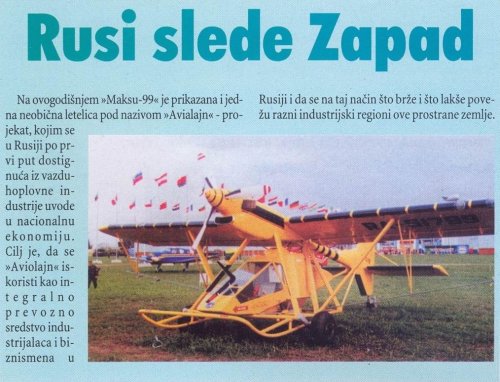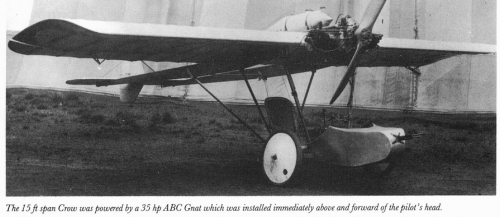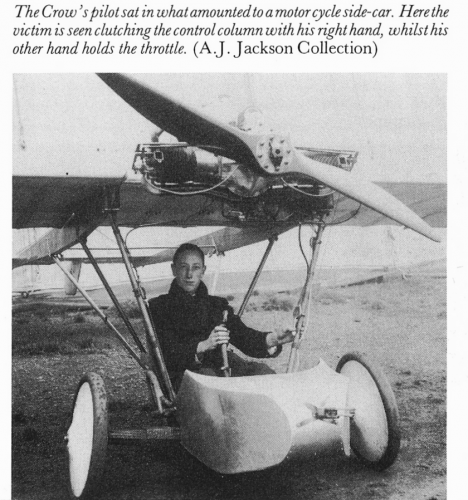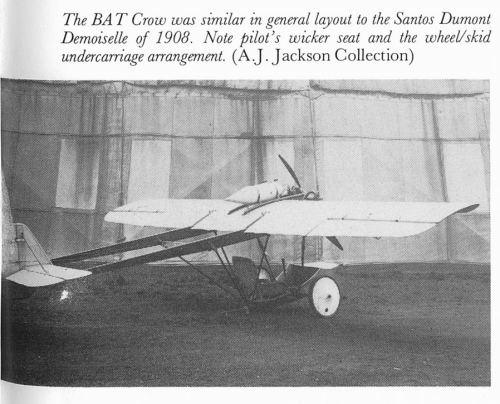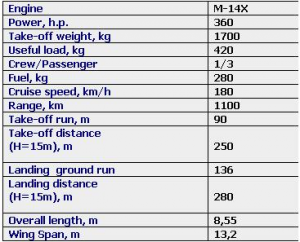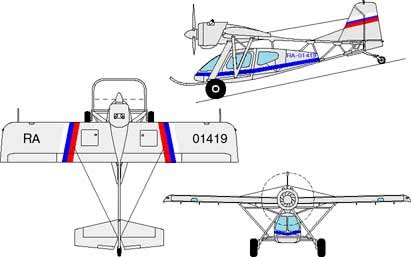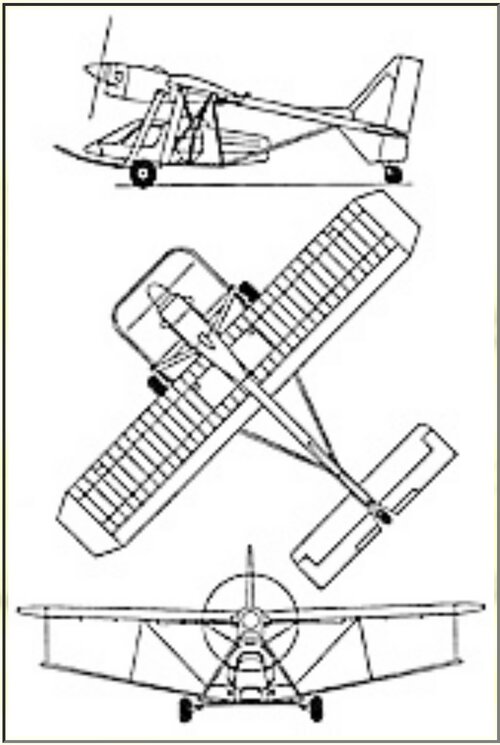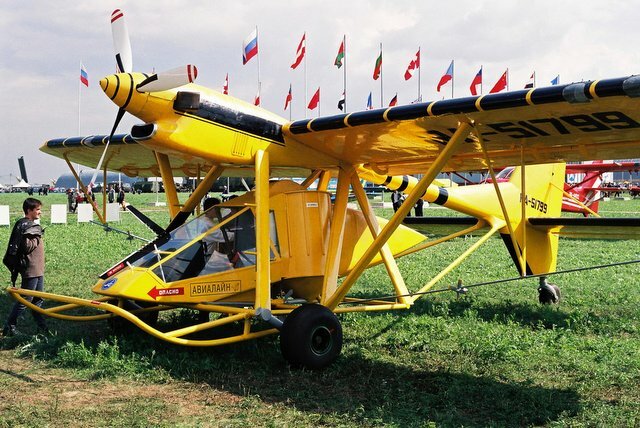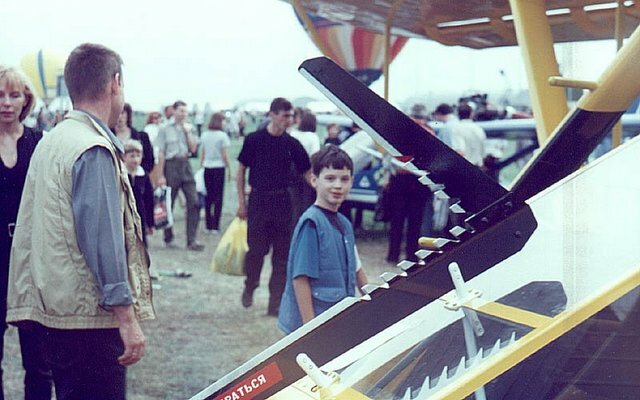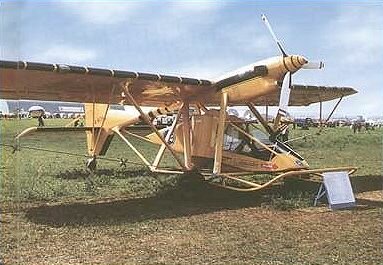From the Russian Aviation Museum link in post #2 :
T-517 "Farmer" by E.P.Grunin (Khrunichev GNPTs)
Agricultural single-seater made it first public appearance at MAKS-99 airshow at Zhukovskij. Despite it was a mockup, T-517 unconventional layout attracted a lot of attention. New design of the M.V.Khrunichev rocket-space GNPTs (ГНПЦ) was presented by E.P.Grunin, chief designer of the aviation division.
T-517 is a radical departure of the classic agricultural "Air Tractor" (see also Su-38/S-38L and Tu-54/VSKhS). Layout revision was motivated by high rate of accidents when plane performs noseover during landing or hits some ground object (like fence, power line, tree, pole) with its wheels. Low wing and long 'nose' containing engine and chemicals tank restrict pilot's view forward-down. If aircraft turns over the nose, long lever arm of the cabin makes the impact even more devastating.
Project of the... primitive strike aircraft was launched in 1996. After long research the scheme of the Santos-Dumont 'Demoiselle' was chosen. It is widely used by ultra-light machines (like X-Air), but never appeared among "practical" aircraft designs. The idea was to reduce aircraft fuselage to single 'rod' while the pilot's cabin, fuel tank, engine and ammo bunker are armored. Military application eventually died out, and aircraft was converted into agricultural.
Aircraft structural frame is placed outside the fuselage - horrible solution for airdynamic perfectionists of the jet age. But at the low speeds the crop dusters operate it is not an important factor (like for off-road racer cars), but the cabin is protected from any imaginable impact. Traditional agricultural machines allow to integrate the dusting/spraying equipment into the low-placed wing. But the high wing is much safer. Night spraying became wide spread in recent years for number of reasons. Light installed above the cabin provides much better illumination of the field. And under any conditions the pilot's view is practically unrestricted.
An unusual safety feature is a heavy-duty airborne wire-cutter. The blade shall save aircraft in case of face-on collision with telephone or power lines (another frequent reason for farming planes crashes). Chemical tanks with integrated mixers are automatically jettissoned in case of impact. Four fuel tanks are installed in the wing outer panels, preventing fuel spill on the cabin or engine.
Engine choice was motivated by unavailability of domestic one with desired power and by growing user's preference of the turboprop powerplant. Turboprop may be expensive solution for farmer aircraft, but high safety of the single-seater aircraft T-517 makes possible to "recycle" old refurbished or low resource engines with minimal risk.
Fuselage exoskeleton is made of the thick-wall stainless steel tubes. Wings - aluminum alloy. Cabin walls and wing cover - plastic. Most of the joints are wielded (space technologies of the Khrunichev GNPTs allow to perform corrosion-resistant wielding of steel).
General Information
Type T-517 "Farmer"
Function Agricultural
Year 1999
Crew 1
Powerplant
Type M-601F or PT6A-15AG
Takeoff Power 650hp
Size
Length 9.2m
Height 3.34m
Wingspan 13.46m
Wing area 26.92m2
Weights and loads
Empty 1650kg(?)
Loaded 3450kg
Wing Load (kg/m2) 128.1
Power load (kg/hp) 5.3
Speed
Cruising 290km/h
Dusting 150km/h
Stall 87km/h
Takeoff 210m
Landing 120m
Range
Practical ?km
Flight Endurance ?hmin
Ceiling
Ceiling ?m
Climb
at 0m 6.6m/sec
Payload
Fuel 520kg
800l
Chemicals 1200kg
1600l
Other
Covered area 40m
Cost estimation under 200k USD

